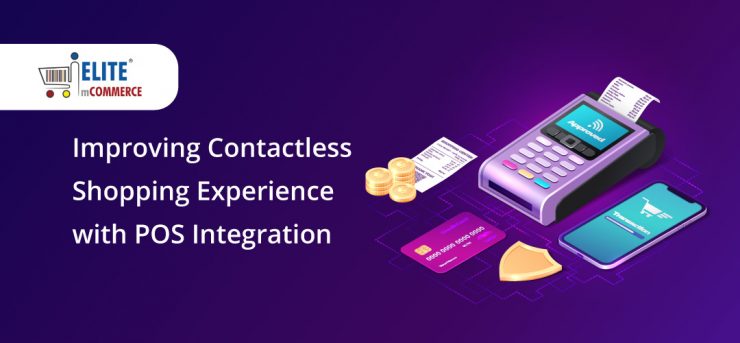In light of the COVID-19 pandemic, shopping has taken a massive loss of traffic, and businesses have taken many steps to make their stores as safe as possible for customers to visit. Right now, many have realized that existing systems for picking out products and paying for them are not as safe as they could be. Contactless interactions with customers are the ideal solution, avoiding more costly and time-consuming approaches to disinfecting every surface.
Minimizing person-to-person contact goes a long way toward reducing the risk of infection. Aside from direct contact between employees and customers, many customers will want to avoid interacting with shared surfaces touched by many individuals. This includes cash payments that are exchanged with employees since cash is intermingled and is reused in registers.
Limiting cash payments can be the first step, but credit card payment options have their own problems. The cards are handled by customers and employees, and credit card terminals require touch to enter signatures or PIN numbers. Sanitizing terminals after every transaction slows down the progress of serving customers, increasing time spent in stores when customers want to leave quickly.
Read more :- Enable Buy Now, Pay Later With POS integration to Boost Sales
Adopting Contactless and Mobile Payments
Contactless payment solutions include tap-and-pay cards, which are gaining in popularity due to their ease of use compared to swiping or inserting credit and debit cards. Visa reported adding 80 million contactless cards in the US and expects this number to grow, but some businesses are not yet able to support them. This may require upgrading the hardware to accept new technologies, but more modern mobile terminals have their own advantages in flexibility besides supporting contactless payments.
Accepting payments from mobile payment systems such as Apple Pay and Samsung Pay is another option for in-person digital payments that don’t require direct interaction. Until now, the US has been slower to adopt mobile payments compared to many countries, with only 2% of in-store sales using mobile apps. There have been obstacles due to stores not supporting mobile payments and customers finding it less practical to take out a phone compared to a card, but as the pandemic continues to have an impact, a critical mass of merchants are enabling digital payments, allowing the adoption of mobile payments to grow.
In order to best make use of these services, it’s essential to use a point-of-sale system that integrates with digital payment options. Payment aggregators make it possible to simplify payments that are received from multiple sources. POS integration reduces the amount of manual review and reconciliation that needs to take place when processing payments each month.
Increasing the number of payment options can be intimidating to businesses because they can create more work to set them up and track them, but POS integration for as many contactless options as possible makes them a viable alternative that doesn’t add complications to processing payments.
Integrating Off-Premises Sales
In addition to making store checkout as safe as possible, stores can also reduce contact with customers by expanding their off-premises options. Online checkout can be used to sell your inventory online. Setting up curbside pickup removes the need for customers to go inside the storefront while offering the convenience of same-day pickup compared to waiting for eCommerce delivery.
Online sales can easily be integrated with existing POS systems as well, allowing businesses to process sales more consistently and avoid overselling and inventory mismanagement. Keeping your online presence up-to-date and connected to your store inventory makes it an effective tool for retaining customers.
Customer demand for contactless shopping is rising, but the tools to meet their requirements and maintain standards for health and safety are accessible even to small businesses. Selecting the resources that integrate a variety of new payment options with point-of-sale systems can make operating a business in these times much easier.









Add comment